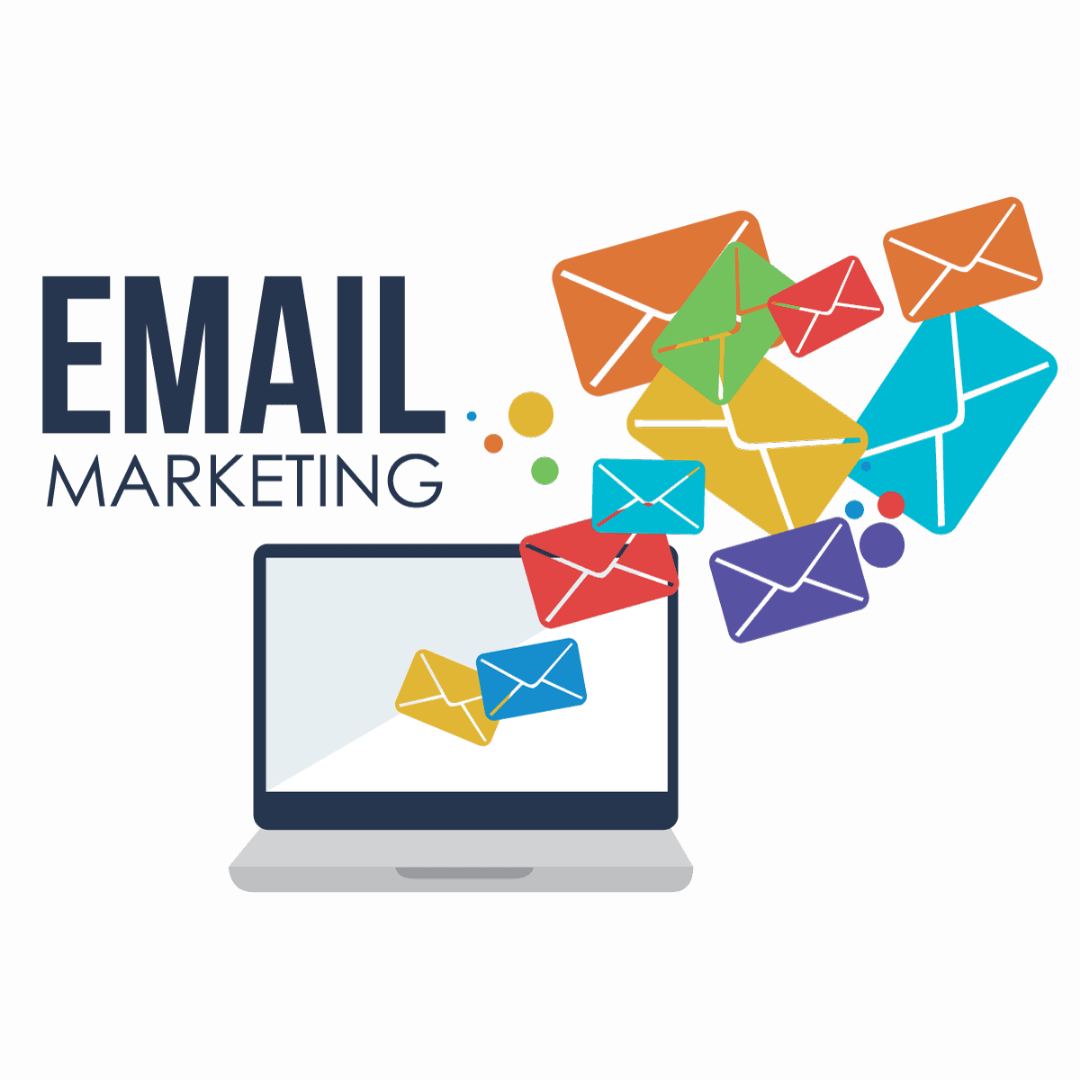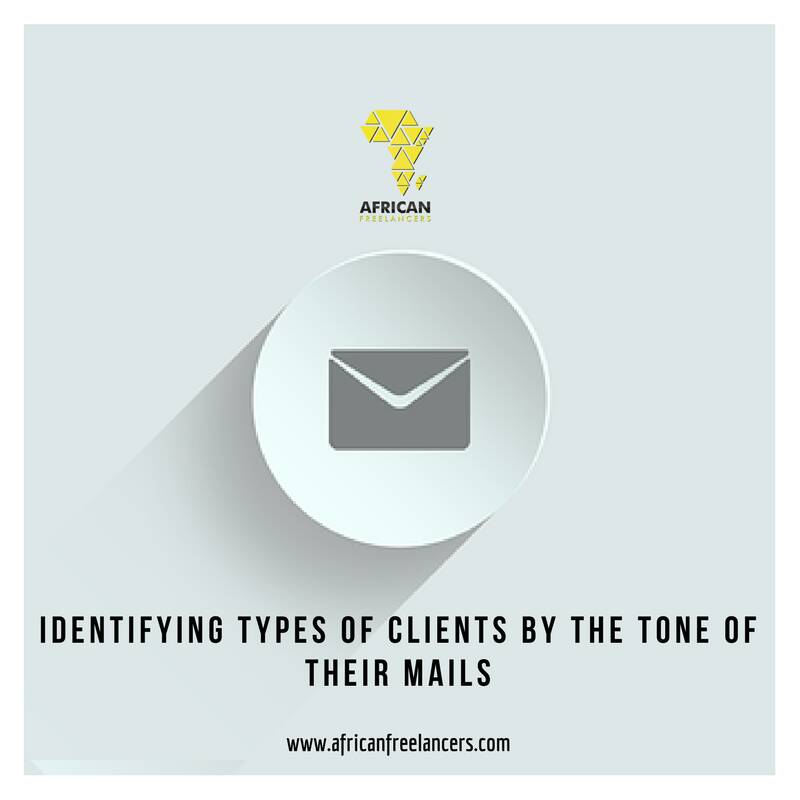In this article, we’ll take a closer look at ways in which you can stand out in your freelancing business through defining clear business goals, creating a unique brand and lots more.
The crowd in the freelancing industry is nothing to write home about. Nevertheless, some individuals are still leading in their various freelancing niche.
Today, I am going to guide you through the steps you could take to stand out and be at the top of the game in your freelancing business. If you just started out your freelancing career, this article is for. Also, if you are struggling to succeed in your freelancing career and seeking for how to stand out, you are at the right place.
Relax and read on.
- Define Your Business Goals
After the conception of a new business idea, you need to map out clear Business goals in order to make your business dream come true. Setting the wrong business goals is what makes freelancers eventually go back to the 9-5 job routine they hate. Clear goals can help plan the future of a freelancing career for years to come.
Below are a few tips that will help in writing the right business goals for your business. These tips will assist you in: imagining the ultimate goals of the business, help you in making your smaller goals become more proactive in achieving the long-term projects. It will also keep you, as the leader of the business, on track, from personal self-management to anyone you may be managing in the future.
Underneath are ten items to keep in mind when setting goals:
- Write a business plan
This should be written carefully. You can write it in the form of an article, but it is a great way to draft goals as well as include finances and tools into achieving those goals.
- Be particular
Don’t forget that been specific leads to clarity. Don’t lose sight of where you want to be in your business in the next two years, five years and so on. Write them down on paper.
- Be realistic
There is absolutely nothing wrong with setting a high pace or big goals for your business, but ensure that these goals are achievable. In other words, be very realistic in setting your goals.
- Be dedicated
This is a very important point because without commitment you won’t be able to achieve your business goals. Find out the lifestyle changes that will enable you to be dedicated to the goals you have created. For instance, if you would like to improve your skill set, map out a time every day in your schedule to study.
- Social Media Marketing
Tons of Businesses thrive so well today because they have a strong online presence. Make a clear plan on how to advertise your business online on Facebook, Twitter, Instagram and through your own personal website. You will discuss more on this in the latter part of the article. - Create a to-do plan for each goal
“I really wish to own my own company someday”, aren’t good enough. Have a goal-by-goal plan to complete broader goals like this. In other words, ensure the goal is actionable.
- Create a column for analyzing your progress
This is one of the most important rules every successful company/individuals adhere to. In your business plan Journal/File you have to map out a column/space for recording your Business progress, mistakes etc then use what you’ve learned onto the next goal. It will help you perform the next goal in your list better.
2. Know Your Target Audience
Once you are done defining your business and career goals, you equally have to define who you’ll need to attract to keep the business thriving.
These individuals are your customers. Target audiences are often more associated with one that sells products or to a blog or other form of a website that depends mostly on its visitor count. However, selling services is no different. You have to recognize this and take the appropriate steps to define their target audience.
What work would you like to be responsible for?
Many of us don’t appreciate all the work that comes from freelancing. Most especially in the world of website creation, most clients want us to do it all — design, develop, market, and more.
If you are exceptionally skilful in one area though, it may be rewarding to have part of your target audience be looking for partnership projects.
For instance, if you are a Writer, you may want to include Copy Writing in your target audience so that they could call you to partner up on a bigger project
3. Create A Unique Brand
Your Brand is You. Endeavour to use consistent language, imagery and style in your communications to represent who you are, how you work and the right brand image. Set a colour and typography palette for your business cards, emails and website. Below are a few things to consider when choosing a brand:
- Your Business Name
It could be your own name or a more formal and creative name.
This step is mostly overlooked, but it is incredibly relevant to the final goals of the website. If you wish to be the owner of a company someday or develop a team of freelance professionals in any other way, your given name as a brand may not be necessary.
In most cases, many freelancers decide to grow their business by always freelancing solo, while still outsourcing some of their work. There is a difference in each situation, and a personal name would thrive on this type of business.
Bear in mind that bigger names may attract bigger projects, while a personal name would attract many smaller clients. In order words, the type of projects (Big or Small) you expect from your clients depends on the brand’s name you choose.
- Your Business Logo
After you have decided on a business name, next is a business logo
Your website, content, and all other design elements must complement a brand’s logo, as well as work with it towards the ultimate goal of making the sale to the client.
Whether designing it yourself or hiring someone else to do it for you-you will have to be the one that decides how it will look.
When choosing a logo for your business, always these in mind:
- How does your overall style of logo need to be like to attract the right audience to you?
- What type of colours should be used?
- As different kinds of colours evoke different emotions, this ties in greatly to the target audience.
- How broadly does it need to be? How will it grow with your freelancing as a business?
- Does it need to be formatted well with print material as well as web material?
- What shape does it need to be, generally (more rounded/square, or rectangular)? This has a lot to do with what materials you’ll be using it on and the format it will need to take when combined with content.
Now that you have a logo, you’ve gone through much of the design process for nearly everything else that will require design. It only takes a bit more planning to complete the design process.
Because the rest of your design needs can be based primarily off of the logo design, most of the target audience and business goals implementation will come into place naturally.
Still, keep them in mind as you develop the brand further. Don’t lose sight of the goals, and always pertain to the original message you’ve planned for.
- Build an Eye-Catching Website
Having your website is very essential if you desire to stand a chance of succeeding as a freelancer. However, an attractive site will do not just any site. Honestly, if your site is unattractive or difficult to use, it could actually give your business a bad reputation. In fact, freelancers make their living by developing a solid rep so it would be absurd to let something as crucial as your portfolio count against you.
Did you know that 3.5 out of 10 people don’t complete even the simplest of tasks on a website because of their lack of usability factors such as poor organization, small text, too much clicking, or too much scrolling?
This just can’t work. Rather, you have to make every effort to make your website stand out in both form and function. It has to look great, includes all the details a potential customer would need to check before you are hired.
The user experience is all that matters when it comes to building a well-designed website. Flashy gimmicks might capture attention but solid functionality is what will win the day for your business.
- Write An Elevator Pitch
An elevator pitch is traditionally used offline when trying to sell your services in about 25 seconds or less.
Pre-planning a small speech to sell your stuff can help to include everything you need to, while still having a crafted pitch that is likely to sell.
Nevertheless, as the technologies of web work expand each year, elevator pitches are becoming increasingly vital for online freelancers as well.
An elevator pitch is very much a part of a brand. What is said in the pitch shares what you do, what your business does, and what you and your business can do for the person reading or hearing your pitch?
When a prospect asks what you do, you should not respond with, “I’m a freelance web designer” or “I’m a freelance writer”. Instead, this is a chance to say, in about 15-25 seconds, what you do in details.
Nobody is interested in a “freelance graphics designer” or a “freelance writer”.
What potential clients are interested in is “a graphics designer that focuses basically on user-centric web designs that are both creative and professional” or “a web developer that creates website apps focused around users needs.
5. Be Available To Your Client
Now that you have a brand, it’s all about marketing and having clients locate you.
As a freelancer is very important to note that your livelihood will live (or die) based on first impressions. You have to be available to prospective and current clients. You’ve created a target audience, identified business goals (both present and future goals), built the brand in a design sense around those two definitions and created content that helps sell your material. This is all great, but at this point, your brand is unknown and inactive. Don’t worry though — your brand is supposed to do the work for you, and given the time, it will.
- Ensure you include your contact details on your website, portfolio and other networking tools online. An email address (or contact form is essential), your phone number too is important, but plenty of connections can also be made using social media links.
- Ensure you return all calls and emails within 1 business day. Shortened attention spans have shortened the business cycle as well.
- Then, get out and attend networking events and be social. Interact with people; you never know who might be a potential client.
5. Be Consistent With Your Brand
The reason why many businesses failed today is because of inconsistency. It is very important to keep a brand consistent because your brand is your business. If you want to change it, then you have started from scratch and which is not always easy.
- Here are a few articles and tips on how to keep a brand consistent.
Keeping Your Brand Consistent
Is your online brand consistent?
Keep Things Consistent – Basic Brand Management
To create a memorable business or a freelance business that stands out. Always bear these five tips listed above in mind: Define Your Business Goals, Know Your Target Audience, Create A Unique Brand, Be Available To Your Clients, Be Consistent With Your Brand. This will make the clients want to come back to, creating user loyalty. I’d love to hear from you. What do you do to stand out? Or, if one of the tips here appealed to you, how do you plan to implement it into your business.






